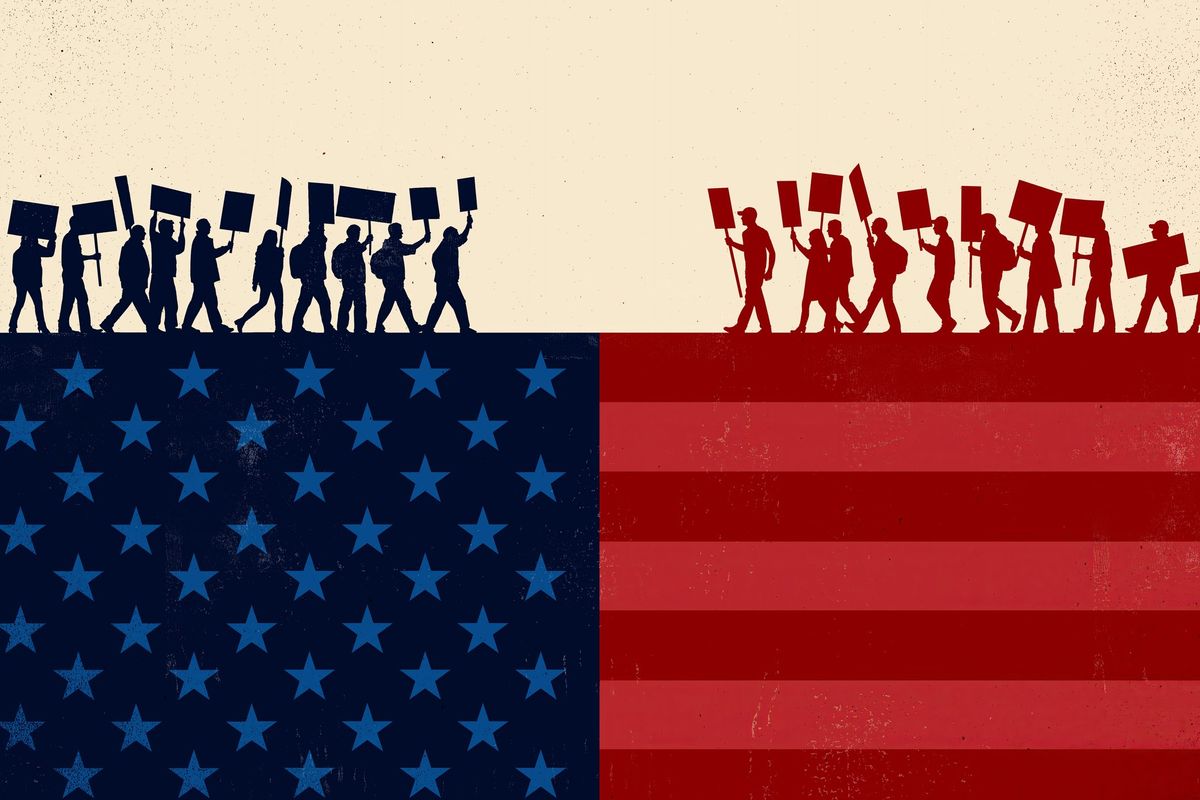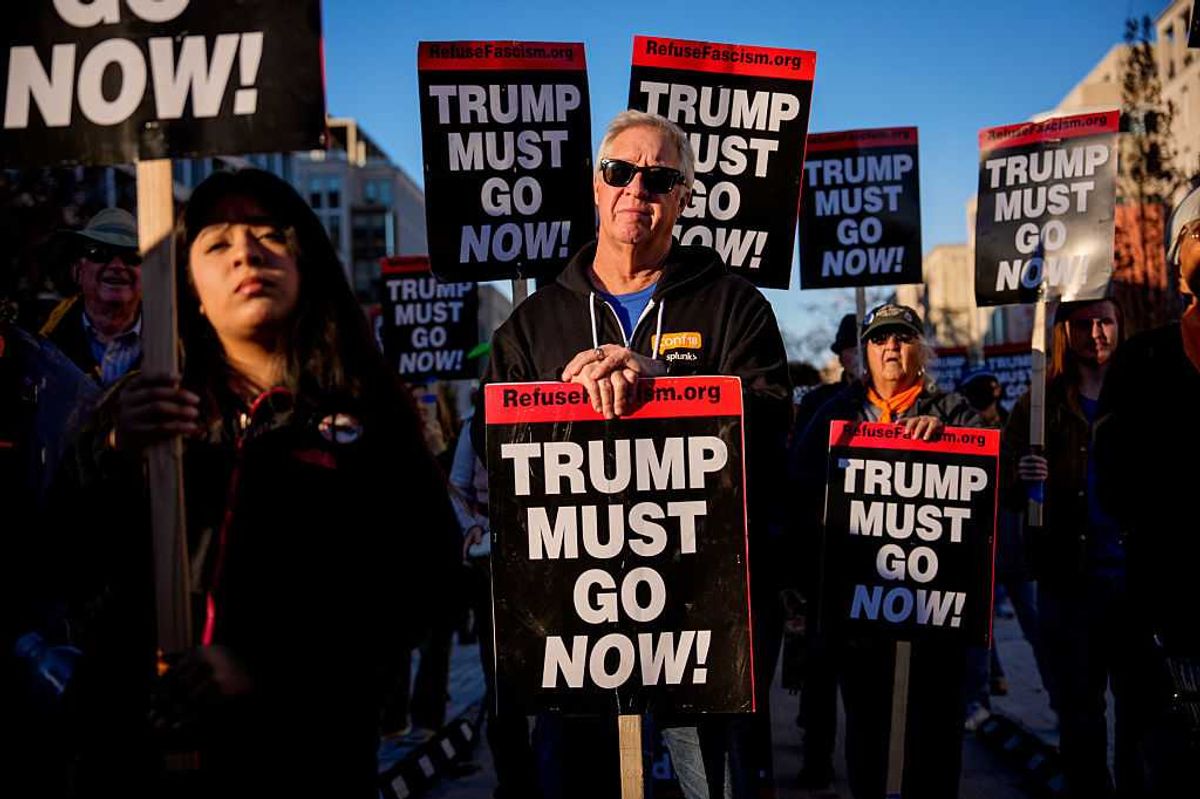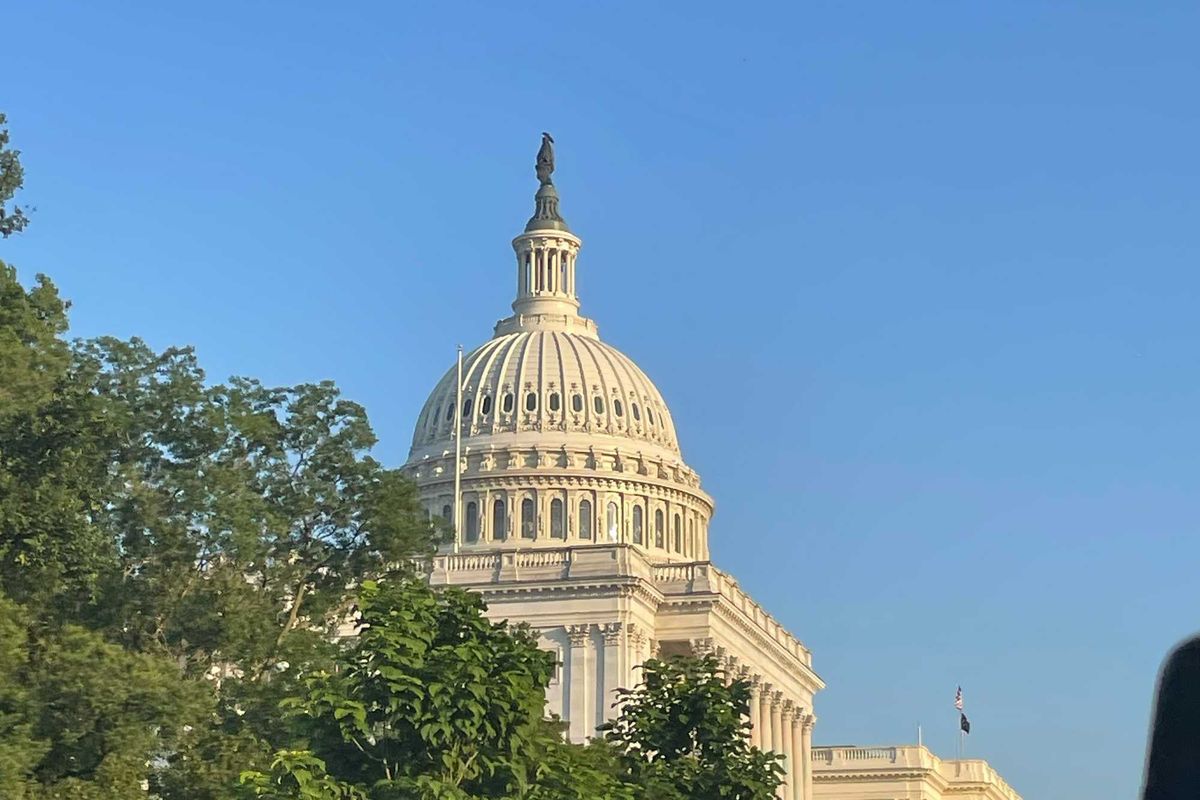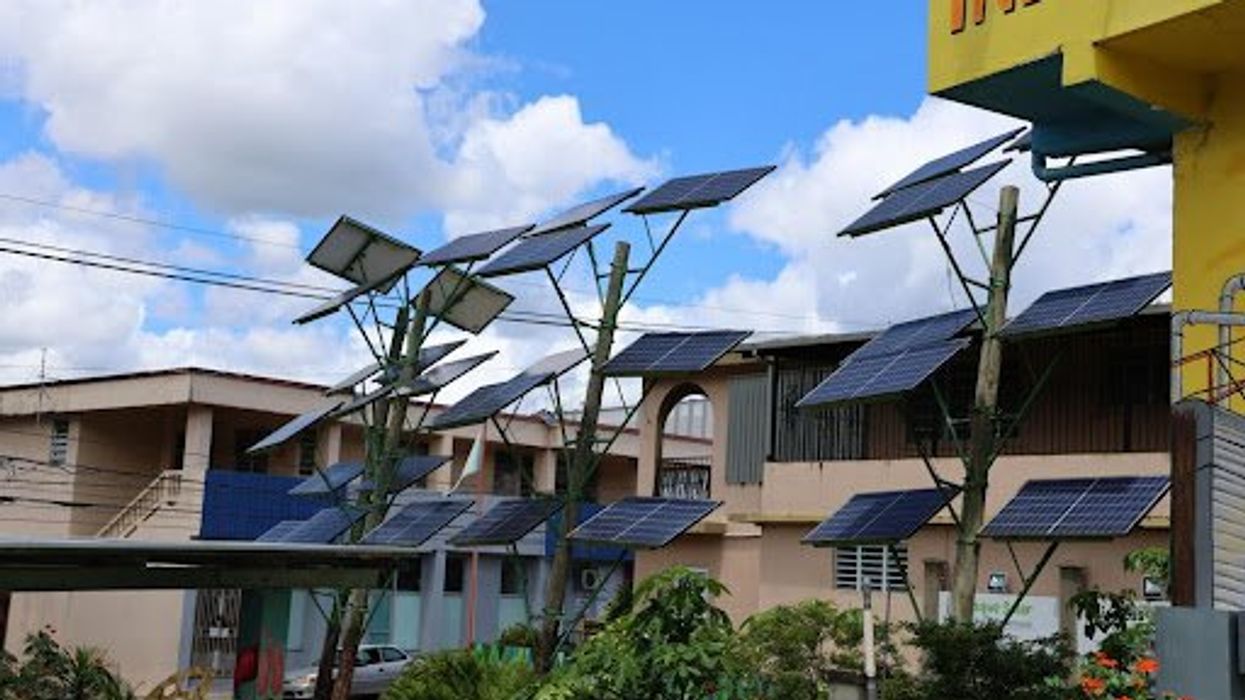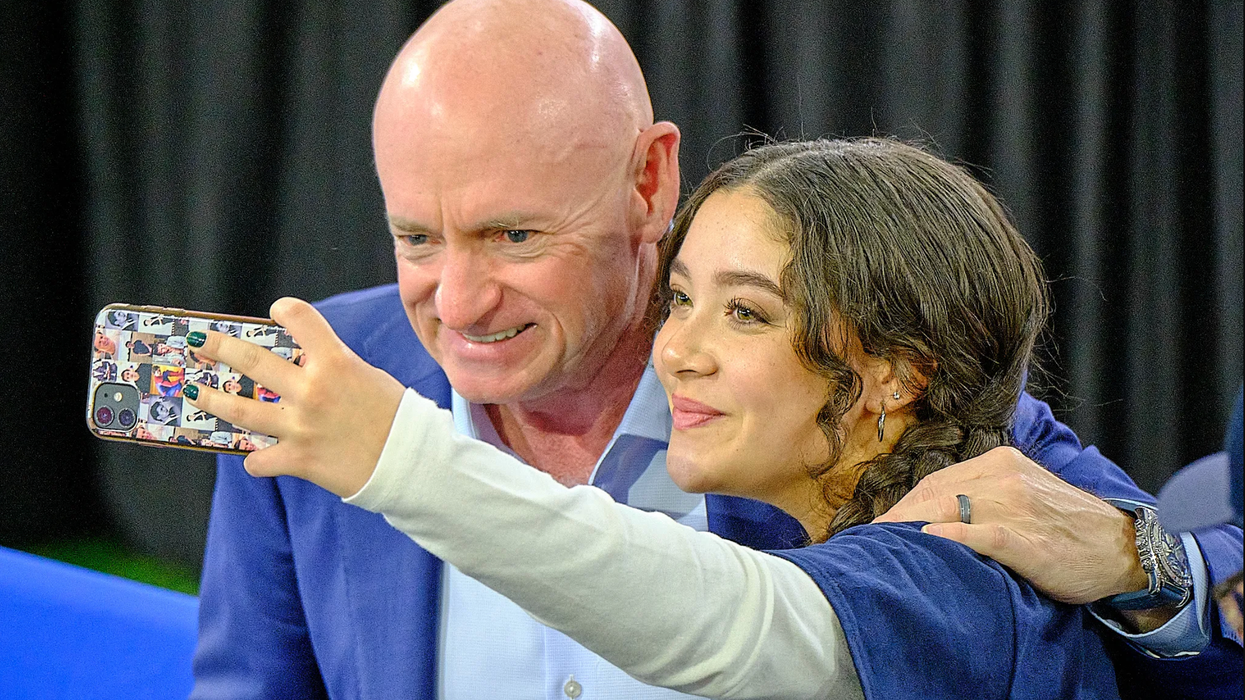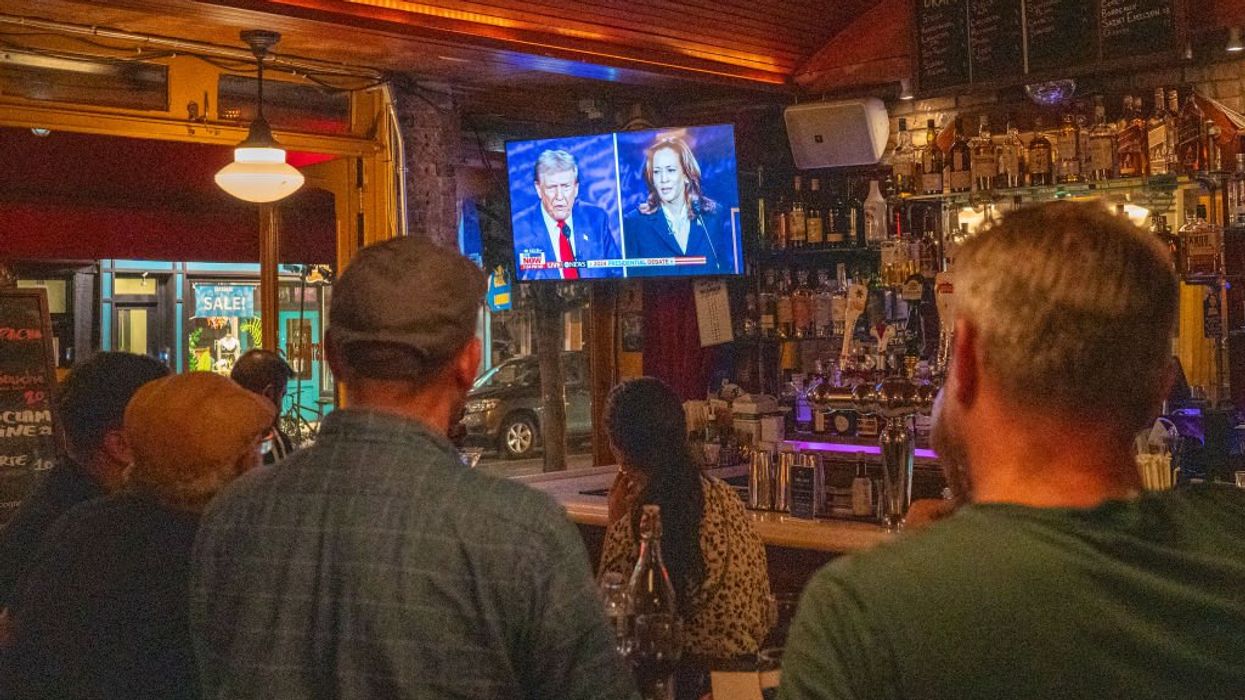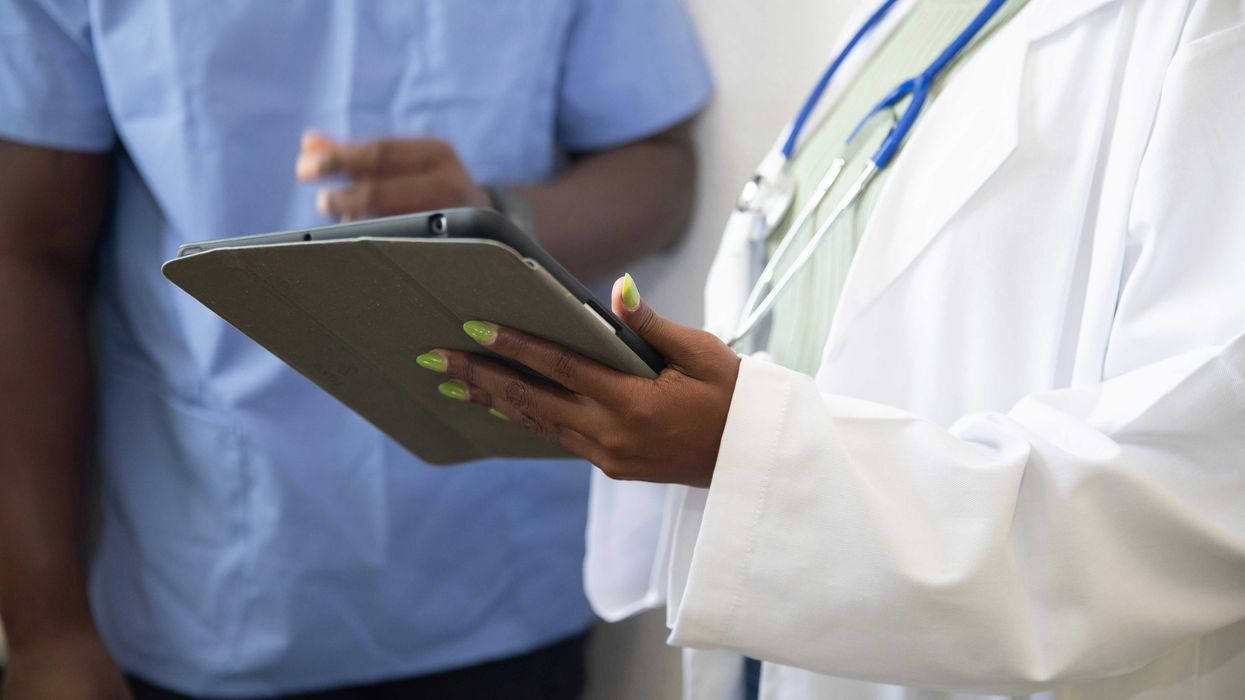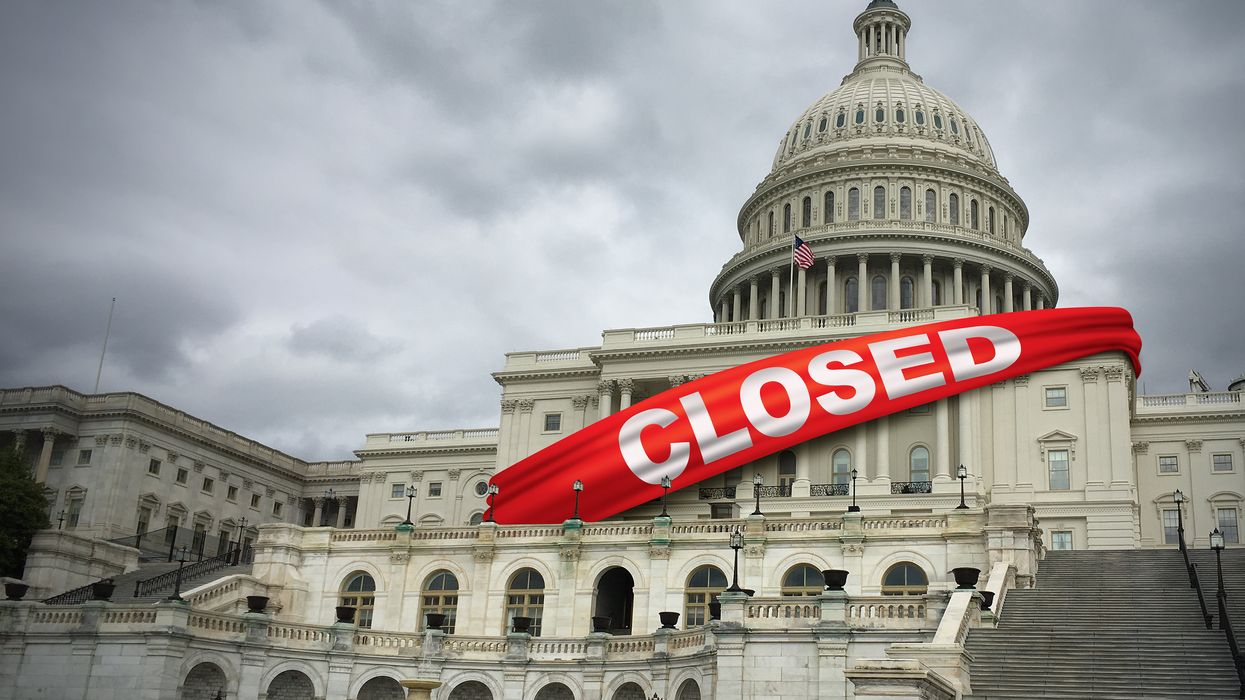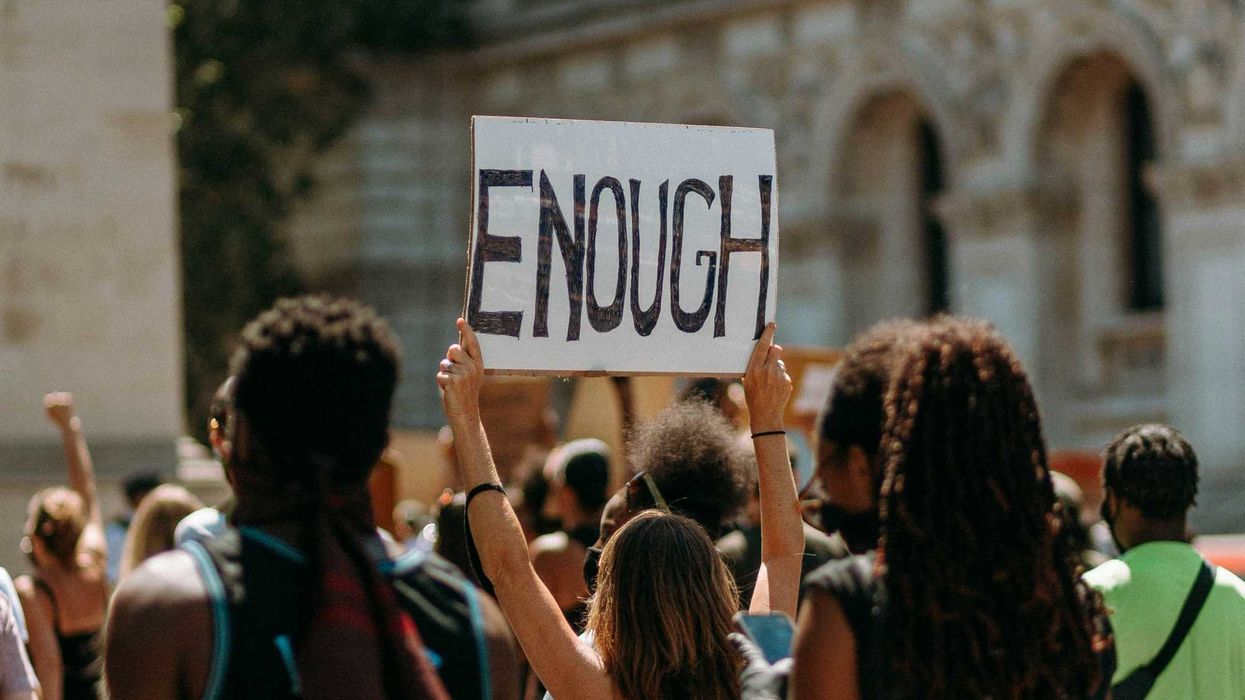In this two-part series, Lily Carey reports on energy instability in rural Puerto Rico and its impact on residents with chronic medical conditions. Faced with limited government support, community members have begun building their own power structures from the ground up, ranging from solar microgrids to community health clinics.
In the second and final part of the series, Carey reports on how local activists are providing for sick and elderly residents in Puerto Rico’s Cordillera Central.
In early May, Ada Miranda drove her pickup truck through the hills of the Puerto Rican subbarrio of Vegas Arriba, just down the road from Iris and Serafin’s mountainside home. In the backseat, a stack of laminated green posters, punctuated with the heading ‘CONOCE TU SISTEMA SOLAR’, slid back and forth as the truck lurched over potholes.
Finally, she reached a gravel pull-off on the side of the road just across from a row of houses. It was a sunny day, and a breathtaking view of the Cordillera Central rose behind the houses — a few of which featured newly installed solar panels. Ada turned off her truck and set down her chai latte, which a neighbor had made for her that morning. She grabbed a green poster from her stack and made her way across the street toward one of the homes.
There were two men in the driveway working on repairing a car, but as Ada approached, they set down their tools and each greeted her with a hug.
CAPTION: Ada Miranda explains a solar system to a family who recently had rooftop solar panels installed on their home.
“I love what I do, but I love more that I can help people,” she said. “I have a saying, if I make a person happy a year, I’m done. But right now, I know that there’s a lot of people who need help, who I’ve been helping.”
Rooftop solar is spreading across Adjuntas and neighboring municipalities. However, these solar panels are usually not being installed because residents are actively seeking them out — community organizers like Ada are spreading the word, one household at a time. She works for the Let’s Share The Sun Foundation, a nonprofit that helps fund solar panels for rural communities in Puerto Rico. The foundation has partnered with Casa Pueblo, an Adjuntas-based environmental justice organization, to help residents install solar panels, with a focus on those who use electricity to power medical equipment.
Through Casa Pueblo’s own solar waitlist, radio promotions, and simply asking around, installers like Ada have connected with people who need solar but can’t afford it. Now, she spends much of her time in Adjuntas installing panels. After the installations are complete, she checks in on each household one by one, ensuring they understand how to operate the new system.
To outsiders, identifying residents who need solar the most seems like a difficult task. Puerto Rico passed a law in 1998 stating that it would cover the electric costs for residents who rely on life-saving medical equipment. But there’s still no streamlined database of which residents need these costs covered — even though, according to the federal emPOWER database, the island is home to some 46,000 at-risk Medicare patients.
CAPTION: Adjuntas, nicknamed la Ciudad del Gigante Dormido (“city of the sleeping giant”) due to the shape of the mountains surrounding the town, sits in Puerto Rico’s Cordillera Central.
In many smaller mountain towns, residents have turned to neighbors and friends to help find and support at-risk individuals.
“One of the very important things that helps a local project is that we go to the people, we don't stay here,” said Francisco Valentín, who runs a community health clinic in Utuado, another mountain municipality near Adjuntas.
Valentín has lived in Utuado his entire life and has witnessed firsthand how sick and elderly residents struggle without reliable emergency services, especially during Hurricane Maria. Twelve years ago, he started his clinic, COSSAO, in a former agricultural supply building. Today, the clinic is entirely powered by solar energy and employs a doctor and several nurses who provide check-ups to residents in need.
Central to his mission, though, is keeping track of at-risk residents. COSSAO’s nurses also serve as “health promoters”, whose job is to seek out households with special needs. The clinic has its own emergency medical vans and equipment to clear roads during disasters, allowing it to send help to at-risk households within 48 hours of an emergency.
“We’ve lived here for long enough, that we know, where are the people who need respiratory equipment, people who need refrigeration for their medicines?” Valentín said. “We already know all the people in six communities, we know all people that have special needs.”
“If we don't take care of the future of our communities,” he added, “no one is going to.”
—
CAPTION: Olga Hernández Molina stands with a wall of portraits in her home. She served on Adjuntas’ community police force for many years.
Olga Hernández Molina’s walls are covered in plaques. Most of them are from her career as a captain for Adjuntas’ police force — community awards for her decades of service, photographs of the police force at team potlucks.
In February, she hung a new plaque on her wall — one from the Let’s Share the Sun Foundation, signifying her newly installed solar panels.
Olga lives in Alto de Cuba, a neighborhood a few blocks away from the town square that Massol-Deya said has been historically underserved. The Foundation has installed over 30 rooftop solar systems there since 2023, including on Olga’s home. Like Serafin from Vegas Arriba, Olga is diabetic and relies on her solar panels to keep her medications stable in her refrigerator.
“When the darkness comes, I feel afraid,” she said. “Just a few hours without the medication makes me very stressed… but thanks to God for the panels, I feel much more relaxed.”
From the top of a small hill around the corner from Olga’s house, solar panels can be seen atop nearly every house on her block. Alto de Cuba’s grocery store also features solar panels, which were funded and installed by Casa Pueblo.
A few of the solar panels on Olga’s block, though, are funded by the Puerto Rican government, according to her brother, Rafael Hernandez.
“[The government does] the best they can, because they don’t have a lot of money to work on that with,” Rafael said. “Already last summer, a couple families went there and then got the help [they needed].”
“But it's a lot of people,” he added. “Lots more people need help.”
On average, solar systems can cost over $10,000 out-of-pocket. Federal tax credits can cover up to 30% of the total cost of a system, and Puerto Rico’s net metering program helps make utility bills for solar households even lower.
But in Adjuntas, where the average household income is just over $18,000 per year, these upfront costs can feel insurmountable, even with government assistance.
“There’s a commercial on TV about the lottery, which actually says, ‘if you win this lottery, you can get your rooftop solar system,’” said Ruth Santiago, an environmental lawyer based in Salinas, Puerto Rico. “But we didn’t really see material support for [solar] — the amounts of funding allocated for these kinds of alternatives were far smaller than what we see for the investment in existing fossil fuel plants.”
CAPTION: A Puerto Rican flag flies in the wind outside Casa Pueblo in Adjuntas.
Private grant funding is a key reason why so many of Adjuntas’ at-risk households have solar panels. The Let’s Share the Sun Foundation is largely funded by private donors and receives 10% of its funding from Jordan Energy, a solar company based in upstate New York. Casa Pueblo also receives most of its solar funding from private grants and the sale of its own coffee.
Still, residents like Rafael and Olga said they’re afraid of what could happen to communities like theirs if the government doesn’t scale up funding for rooftop solar. The Department of Energy recently announced that it is redirecting $365 million in funding from the Puerto Rico Renewable Energy Fund, originally intended to provide rooftop solar to health clinics and rural community centers, and instead investing that money into “technologies that improve system flexibility and response.”
Experts like Vila are concerned that this money will go back into costly fossil fuel developments, rather than scaling up rooftop solar as a more accessible option.
“We are walking away from what should be Puerto Rico's transformation and what should be the direction for the future of Puerto Rico's energy sector,” Vila said.
In Adjuntas, advocates like Massol-Deya have pledged to continue their work, building rooftop solar — and community independence — from the ground up.
But without government support, other mountain communities could continue to be left in the dark.
“The government has focused on San Juan, and has forgotten the rest of the towns, and the poor people,” said Iris. “I would like that they help everybody, that each person should receive a solar system, because the needs are not only in Adjuntas, but in every town.”
Lily Carey is a graduate student in journalism at Northwestern University.


